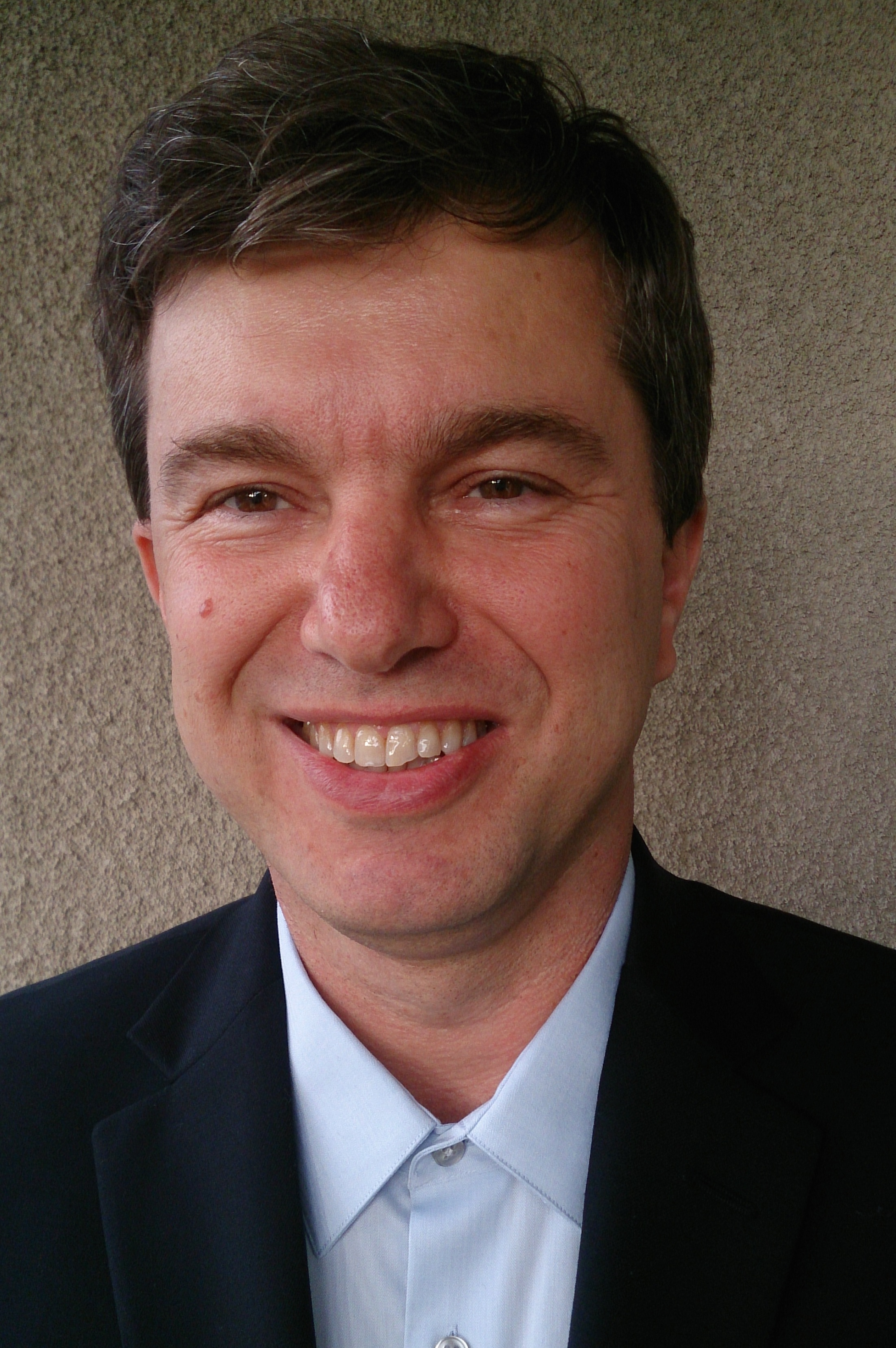
Somatic Mutation in Space- A Surprising Story with Implications for Sleep
A wide range of physiological changes occur in astronauts during spaceflight, many of which can be attributed to the effects of weightlessness. Weightlessness results in decreased mechanical loading of the skeleton, reduction in bone calcium, as well as muscle atrophy. Weightlessness and fluid redistribution are also associated with swelling in the back of the eye (Spaceflight-Associated Neuro-optical Syndrome). Other changes include disruption of inner ear function (Space Motion Sickness) and disruptions to sleep patterns. Terrestrial studies indicate that reactive oxygen species play important roles in many physiological processes, including biological timing and somatic mutation, both of which are relevant to spaceflight. To investigate somatic mutation in space, we examined RNA-Seq data from mice flown aboard the International Space Station.
Unexpectedly, we identified genome-wide accelerated mutation in spaceflight animals. Somatic mutations were observed in liver, kidney, eye, and skeletal muscle and a significant proportion of the mutations were non-synonymous (amino acid sequence affected). Analysis of the base substitutions that occurred in each somatic mutation revealed that guanine was the most frequently altered nucleotide base, resulting in G:C to A:T transversions. The finding that guanine was the most frequently altered is consistent with the concept of guanine oxidation as a result of reactive oxygen species (ROS). Although a variety of factors can potentially increase endogenous production of reactive oxygen species, we hypothesize that mildly elevated carbon dioxide levels on the ISS played a significant role. If hypermutation is confirmed in crew members, NASA’s human exploration program to the Moon (Artemis) and beyond will require a detailed investigation of biological effects of elevated carbon dioxide levels (expected to be a feature of all future space habitats) and its downstream consequences (generation of endogenous reactive oxygen species, somatic mutation, and effects on sleep) in order to optimize the health of astronauts.
1. NASA Ames Research Center
2. SETI Institute
3. Slovak Academy of Sciences
4.Stanford University School of Medicine